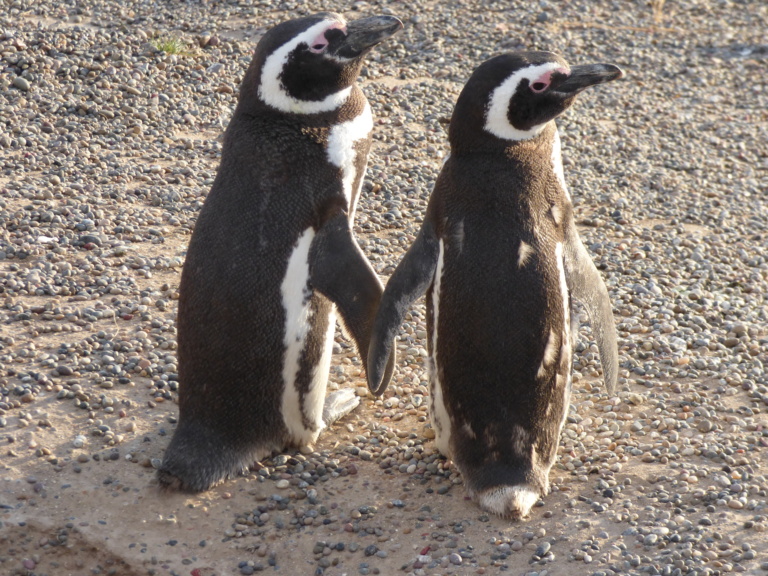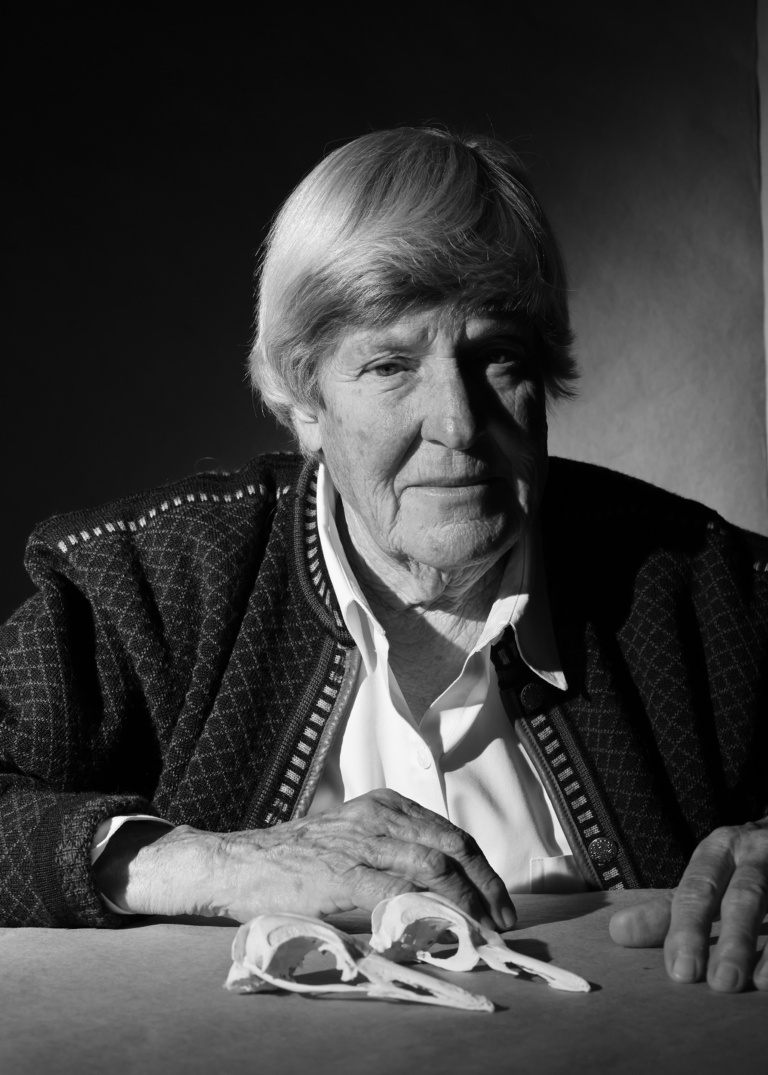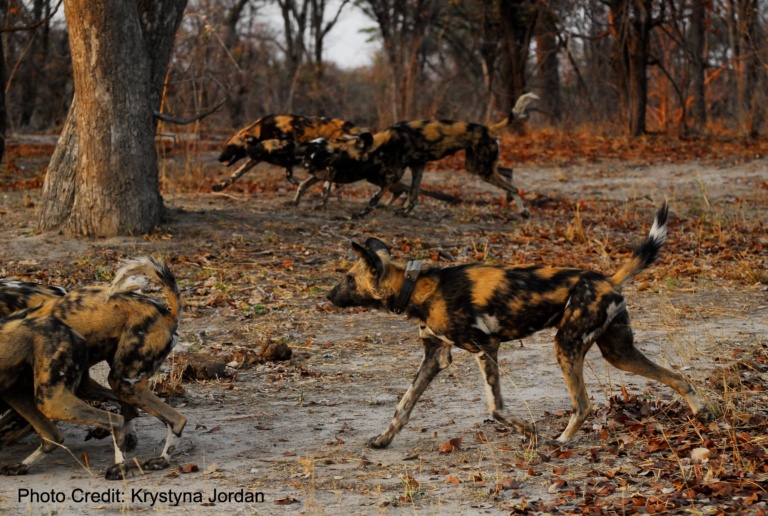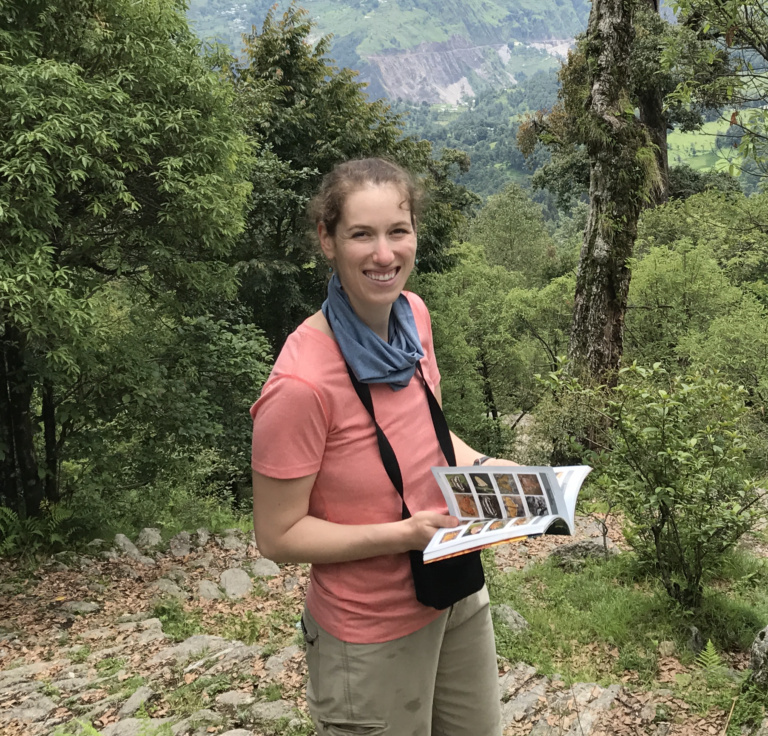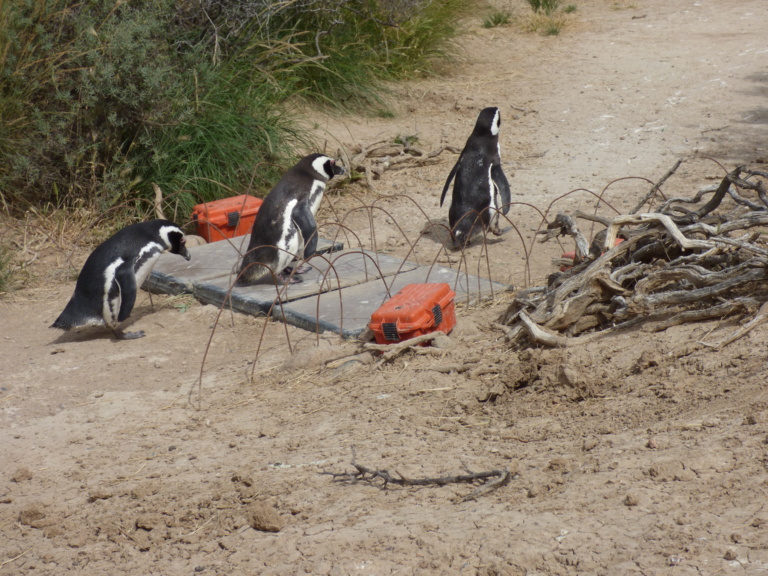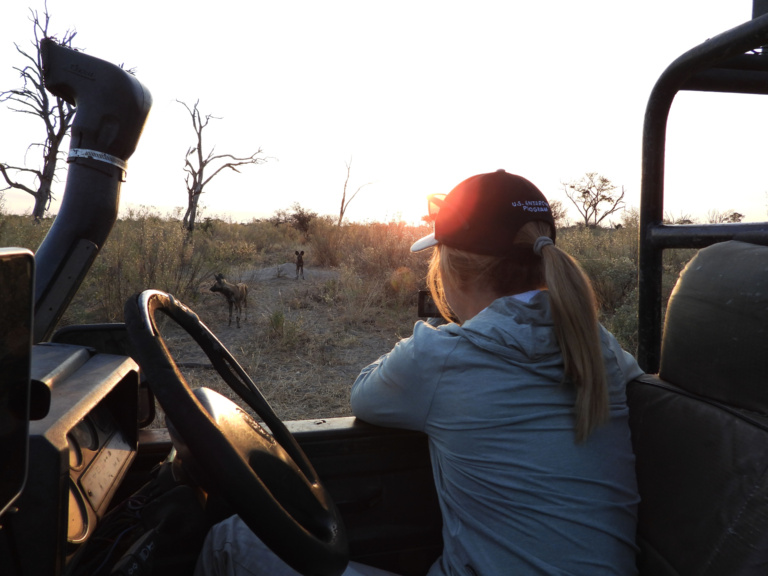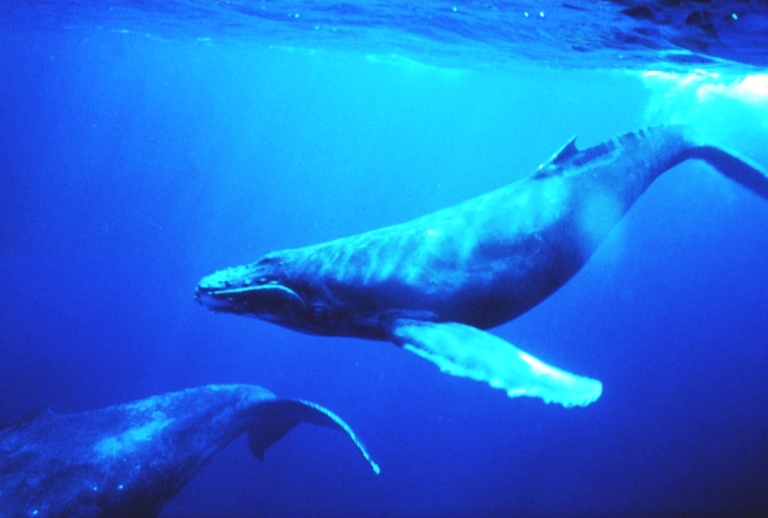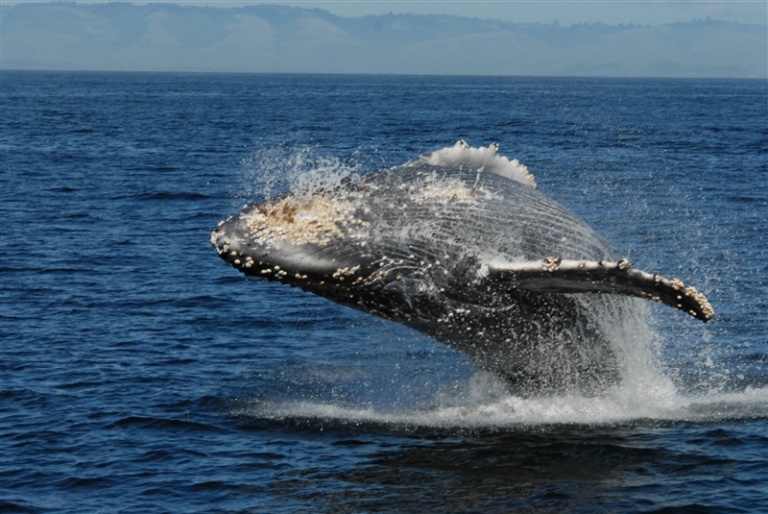Dr. Eric Wagner featured on podcast Raising Kind Humans
Dr. Eric Wagner talked with Katie Doughty, host of the podcast Raising Kind Humans, about parenting, penguins, and protecting the planet. Find the link to the podcast below, or wherever you download your other podcasts. Raising Kind Humans, episode 56 Katie also wrote a couple of children’s books starring penguins. Follow Team Kind Humans on Instagram @katie_doughty
Dr. Eric Wagner featured on podcast Raising Kind Humans Read More »

